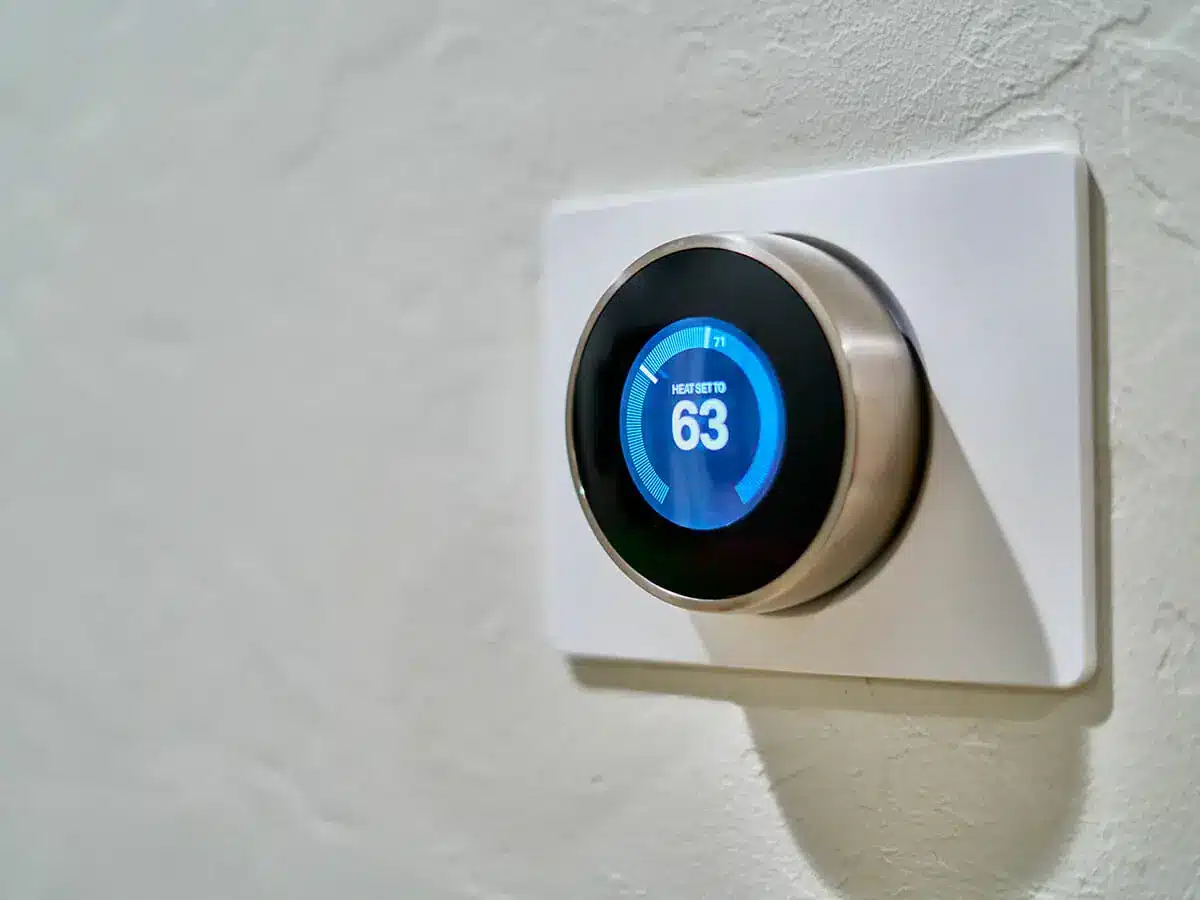Crawl Space Encapsulation Vs. Conditioned Crawl Spaces
Nick Luzak

When talking about controlling moisture in a crawl space, a lot of people use the terms encapsulated and conditioned interchangeably. All conditioned crawl spaces are encapsulated but not all encapsulated crawl spaces are conditioned. There is a big difference and pros and cons to both. Let’s take a dive and get into it!
First, let’s take a look at what defines an encapsulated crawl space. While there is no textbook definition to look up, what we would consider an encapsulation entails air sealing not just foundation vents, but any other holes, cracks or gaps that could allow outside air in. Vapor barrier on the ground and walls to keep moisture from entering the area and a dehumidifier to regulate humidity levels. This is just the very basics of encapsulation.
A conditioned crawl space is when you heat and cool your crawl space like you would your living area. Instead of a dehumidifier, this introduced air would help regulate humidity levels. If you do this, make sure your thermal boundary in your crawl space is on the exterior walls and rim joists. Otherwise, you would be wasting a lot of energy and money!
There are several pros and cons to highlight on each method:
Pros of Conditioning Your Crawl Space:
- No dehumidifier to maintain or worry about
- Less expensive investment without the dehumidifier
- Warmer floors in the colder months when the heat is on
- Energy efficient as there is no transfer of energy between the crawl space and living area
Cons of Conditioning Your Crawl Space:
- If you turn your HVAC off when it is nice outside, your crawl space humidity will rise
- Most HVAC units in existing homes are not sized to handle the added cubic footage of the crawl space, which typically means you cannot add the amount of conditioned air it would take to keep the area dry
- If too much air is added in the crawl space, the living area will not be getting proper air flow and could cause comfort issues
- If the home is not a primary residence, and the thermostat is set high in the summer and low in the winter when you’re away, the crawl space will suffer
Pros of a Dehumidified Crawl Space:
- You can keep your thermostat anywhere without worrying about the crawl space
- Most dehumidifiers are inexpensive to run
- It does not matter if you have duct work in your crawl space
Cons of a Dehumidified Crawl Space:
- A quality dehumidifier will increase the price of your initial investment
- Dehumidifiers do require filter changes and maintenance
- More mechanical components such as a condensate pump
- Does not have the same energy efficiency benefits as conditioning
In our area, a lot of new homes are being built with conditioned crawl spaces and no dehumidifiers. The main problem with this is the buyers and owners of these homes are not educated on how their crawl space maintains humidity levels. In most cases, there is not enough conditioned air installed or no way to circulate that air to the far ends of the crawl space. This is resulting in issues with moisture and mold growth in these brand-new homes – but that is a story for a different blog post!
So what is our take? As crawl space and building science experts, we try to incorporate both methods into our crawl space systems whenever we can. We typically always install a dehumidifier and if possible, we introduce just a little bit of conditioned air so that it is not being taken away from the living area and straining the HVAC. We’re not trying to control moisture levels with it, but it will help. By doing so, the dehumidifier will not have to work as much which will help extend its life. If you want to turn your heat or air off, no worries, the dehumidifier can pick up any slack. You get the best of both worlds!
